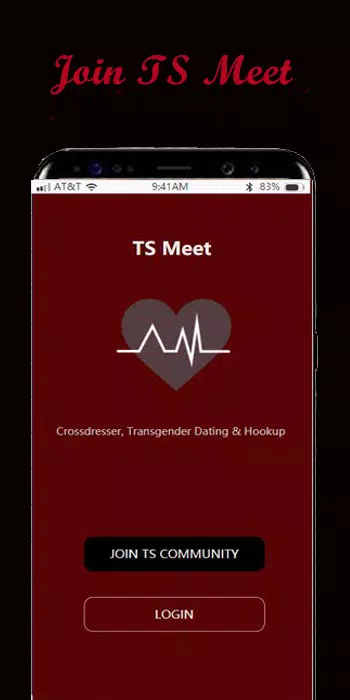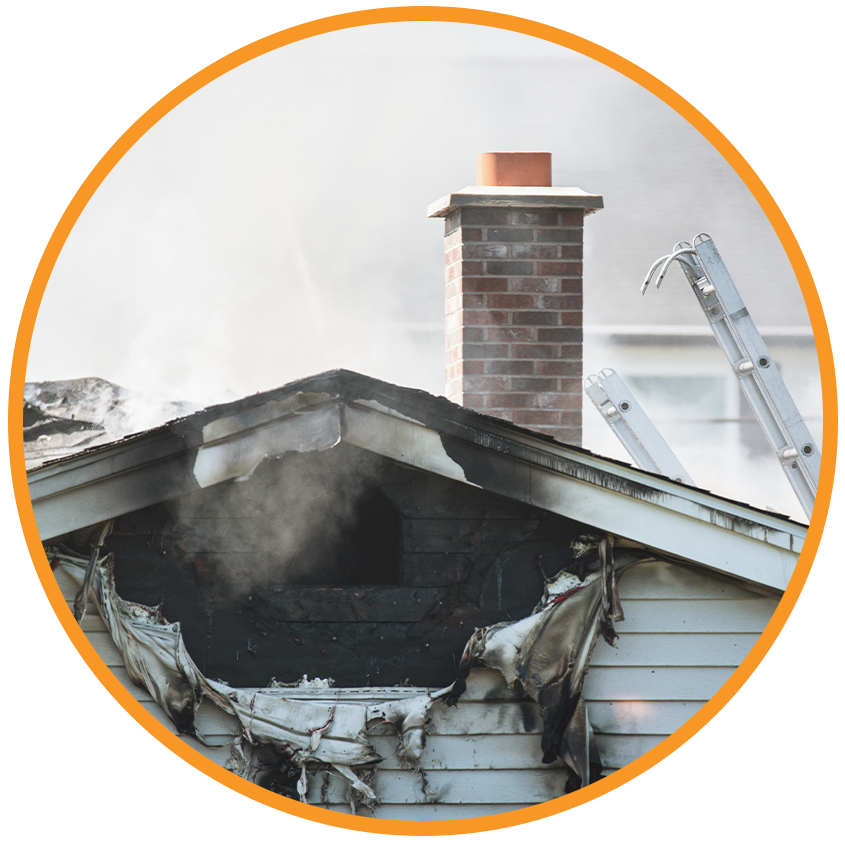
How to begin with with lesbian sexting chat
- General
How to begin with with lesbian sexting chat
If you are looking to get going with lesbian sexting chat, there are a few things you need to know. first, you will need to have a phone that is suitable for lesbian sexting chat. second, you will need to have ways to send and receive pictures and videos. 3rd, you will need to know how to begin a conversation. to start out a conversation, you are able to either deliver a message or start a chat session. if you’re delivering a note, you’ll need to include a subject and a note. once you have started a conversation, you need to be careful by what you say. that you do not desire to share an excessive amount of information, while don’t wish to frighten your spouse down. as an alternative, attempt to start conversations with questions. in this way, your partner can tell you more about by herself and also the relationship she’s in. once you’ve started a conversation, it’s important to keep it going. you don’t want your spouse for bored stiff, and you cannot desire her to prevent talking to you. as an alternative, make an effort to keep carefully the conversation going by asking questions and making opinions. in this manner, you will get to learn each other better. overall, getting started off with lesbian sexting chat is simple. just make sure to possess a phone that is compatible with the chat application, a way to send and receive pictures and videos, and ways to begin a conversation. and, of course, remember to be careful about what you state.
Lesbian sexting chats – incomparable a wild ride
If you’re like most individuals, you’re most likely wondering just what all of the hassle is about in terms of lesbian sexting chats. sure, you might have learned about them – and possibly even seen a few couples participating in them – however you’re not necessarily sure what they’re exactly about. well, I want to give you a small amount of background on these chats, so you can get a better understanding of what they’re all about. essentially, lesbian sexting chats are a great way for partners to get intimate and intimate stimulation and never having to feel the hassle and awkwardness of getting intercourse in person. they truly are additionally a great way for couples for connecting and share intimate details about their everyday lives with one another. so, if you’re in search of a way to add spice to your relationship, or if you’re just seeking some fun and excitement, lesbian sexting chats are the way to go.
Enjoy the excitement of sexting with local lesbians
Sexting is an enjoyable method to keep in touch with your neighborhood lesbian friends.it’s a way to show your love and have some fun together.and, it’s a great way to keep in touch.sexting could be a really intimate solution to communicate.you can share all of your thoughts and emotions with your gf or girlfriend-to-be.it’s a method to show your affection and move on to understand the girl better.sexting may also be a lot of fun.you will get some thrill from delivering nasty images and communications to your gf.it are ways to add spice to your relationship.sexting with local lesbians can be a very fun and exciting experience.so, please give it a try.it might just be the best thing you ever do.
Find your perfect match with lesbian sexting chats
If you are looking for a method to relate solely to other lesbian singles, then chances are you should think about utilizing lesbian sexting chats. these chats allow you to keep in touch with other lesbian singles in a safe and private environment. there are also potential partners through these chats. lsi keywords that are highly relevant to one of the keys “lesbian sexting chats” are: lesbian, singles, chat, safe, and private. they are all key elements when using these chats. select making use of long-tail keywords when using these chats. these keywords will assist you to find more potential lovers. you should also are the key keyword “lesbian sexting chats” inside text. this will help you to find lovers being thinking about making use of these chats.
Discover the excitement of lesbian sexting chats
If you are looking to add spice to your dating life, then chances are you should think about testing out lesbian sexting chats. these chats is extremely fun and intimate, in addition they can help you for connecting with other lesbians in a way that is both private and individual. if you should be a new comer to lesbian sexting chats, then you might be wondering what they are and what they entail. really, lesbian sexting chats are a means for two females to communicate intimately. it is possible to send and receive pictures, videos, as well as communications linked to intercourse. there are many advantageous assets to testing out lesbian sexting chats. for just one, it will also help one to relate to other lesbians in an even more individual means. in addition, lesbian sexting chats may be incredibly fun and intimate. you are able to explore your sexual dreams and desires along with other females, and you may even learn brand new things about both. if you should be thinking about testing out lesbian sexting chats, you then should truly consider doing so. it may be a fun and intimate method to connect to other ladies, and it will enable you to explore your sexual dreams and desires. so don’t hesitate to test it out for, and make certain to take pleasure from the thrill of lesbian sexting chats!
Why in case you take to lesbian sexting chat?
There are a number of explanations why you should attempt lesbian sexting chat.for starters, it can be a great way to flirt with your partner.additionally, it can be ways to get acquainted with one another better.finally, it could be a method to strengthen your relationship.try lesbian sexting chat to enhance your relationship
one of the better methods to enhance your relationship would be to participate in lesbian sexting chat.this type of chat can help you to get at understand your spouse better.additionally, it can benefit one to communicate more effectively.finally, it can help to strengthen your bond.try lesbian sexting chat to flirt together with your partner
one of the best how to flirt along with your partner would be to take part in lesbian sexting chat.this sort of chat can help you to access understand each other better.additionally, it will also help to communicate more effectively.finally, it can help to build stronger psychological ties between you and your partner.try lesbian sexting chat to make it to know one another
one of the better ways to get to learn both is always to participate in lesbian sexting chat.this style of chat will allow you to to access understand your spouse better.additionally, it can help to communicate better.finally, it can help to build stronger psychological ties between both you and your partner.
Start your lesbian sexting chat adventure now
If you are looking to start out your lesbian sexting chat adventure, there are many things you must do first. first, you will have to find a compatible chat partner. this is often done by making use of a lesbian relationship software or by trying to find other lesbians on the web. once you’ve discovered somebody, you will have to begin chatting. there are some things you need to bear in mind whenever sexting with a lesbian. very first, be respectful of your partner’s privacy. cannot deliver nude pictures or videos without authorization. second, make sure you use appropriate language when sexting. avoid using sexually explicit language or pictures. finally, make sure you keep consitently the discussion fun and interesting. by following these pointers, you can actually start your chat adventure with a lesbian very quickly.
Link text: https://www.lesbiandatingsites.co.uk/mature-lesbian-dating.html





/GettyImages-580502985-5bb2a29146e0fb0026ea1d42.jpg)





